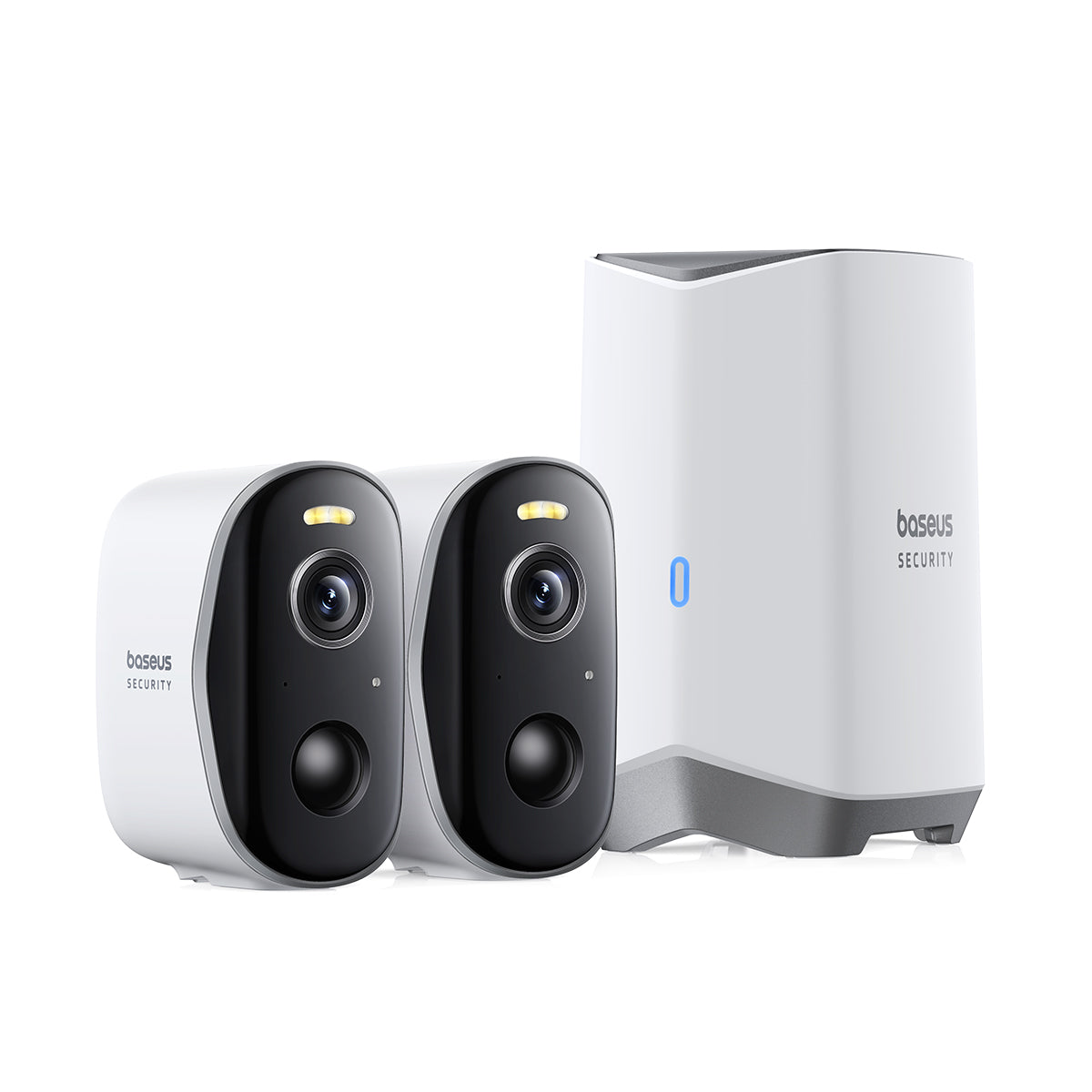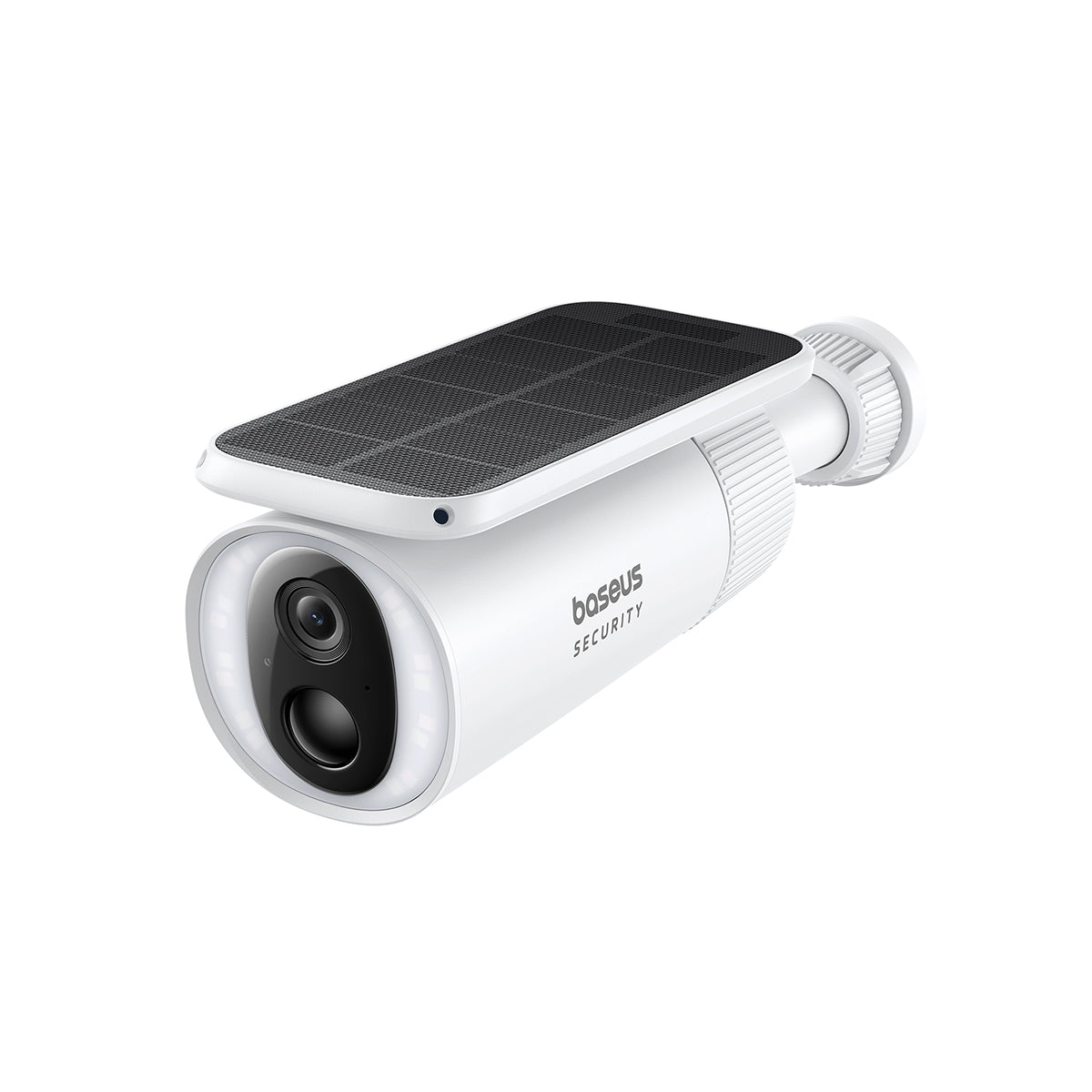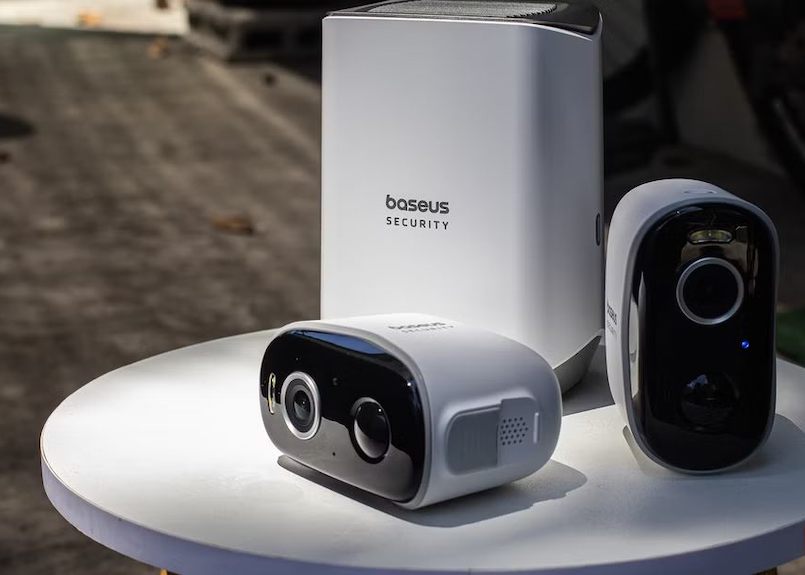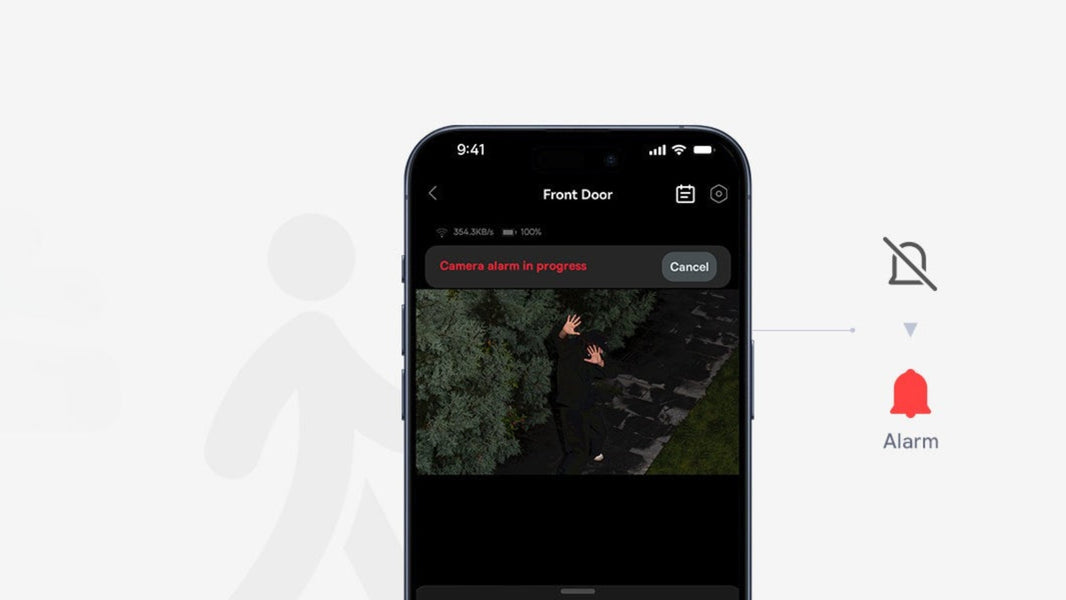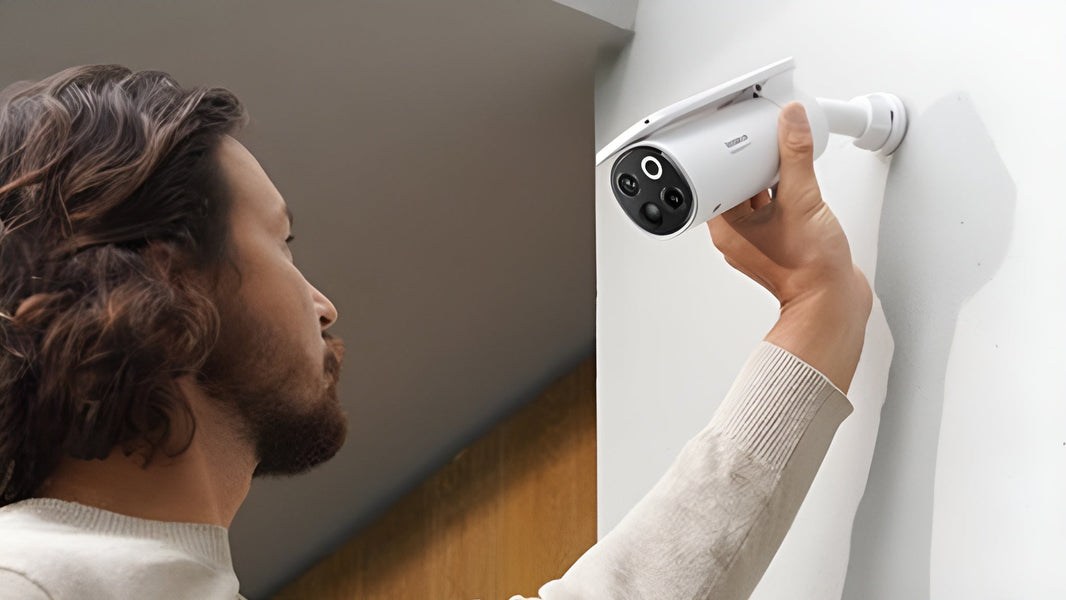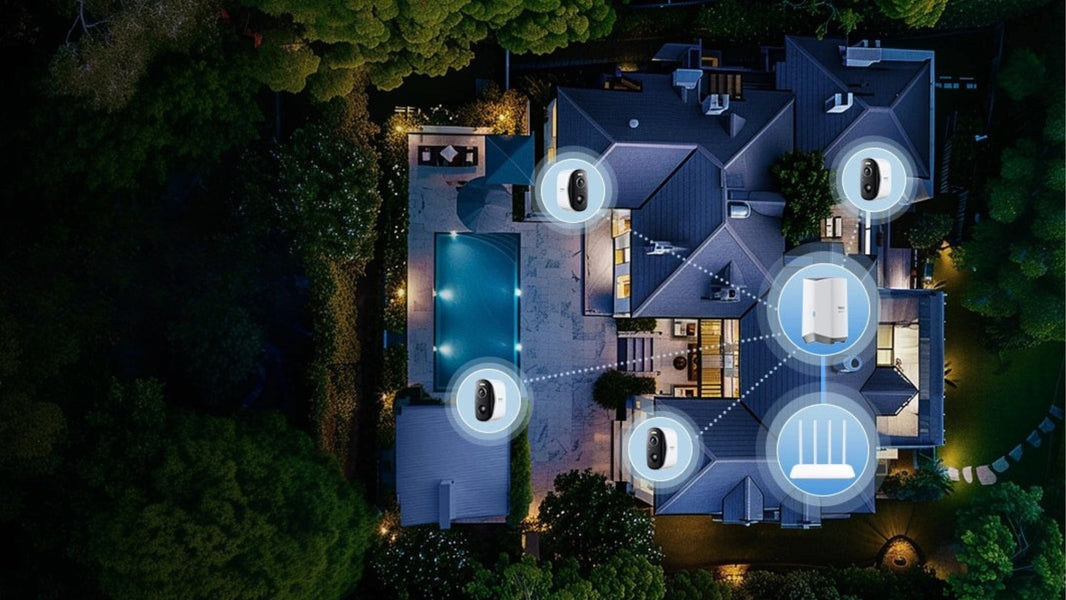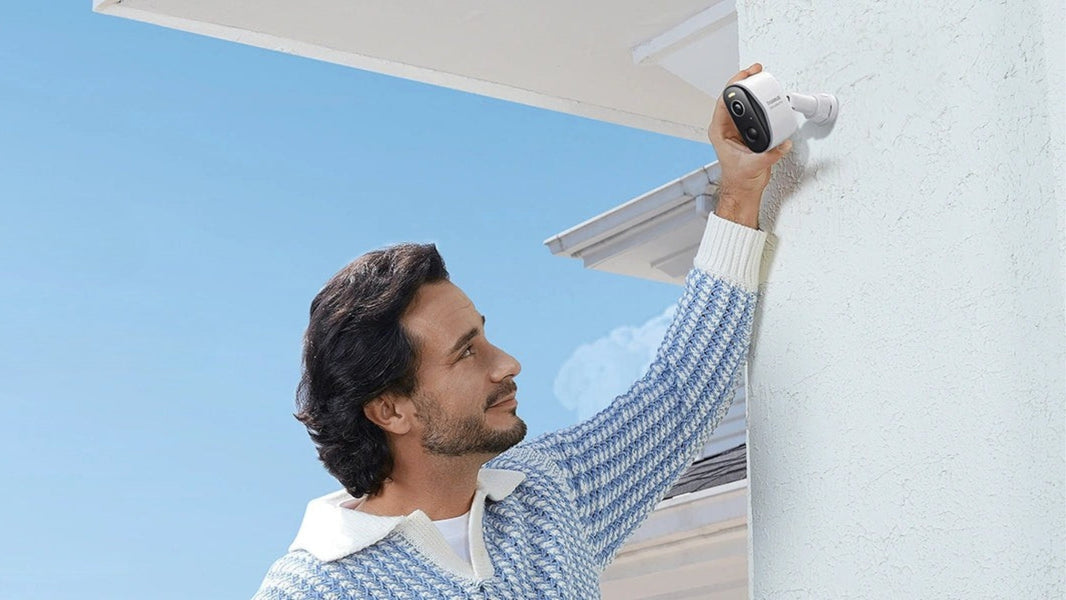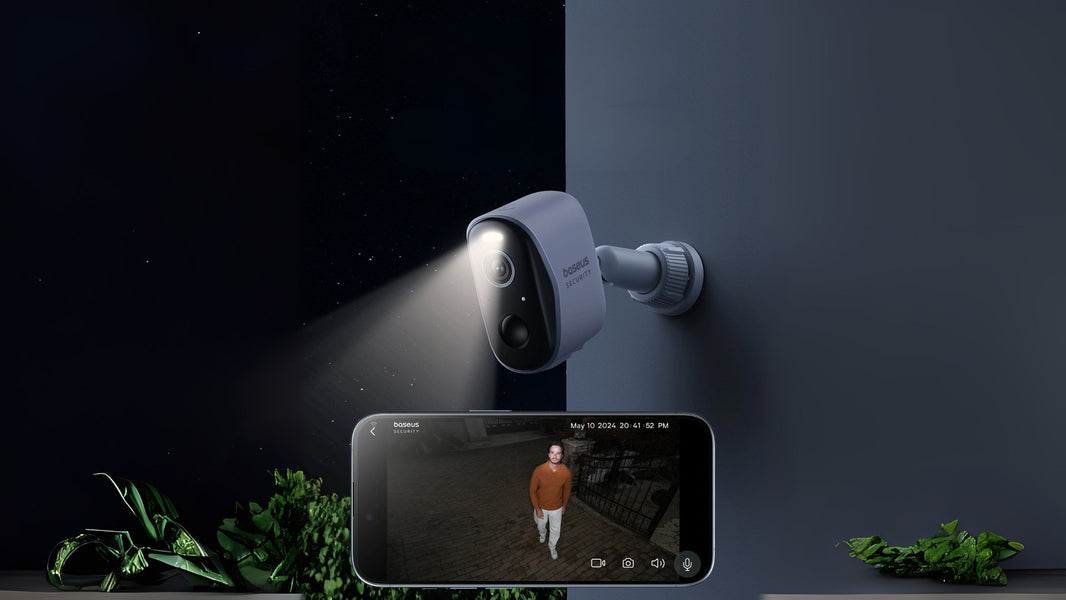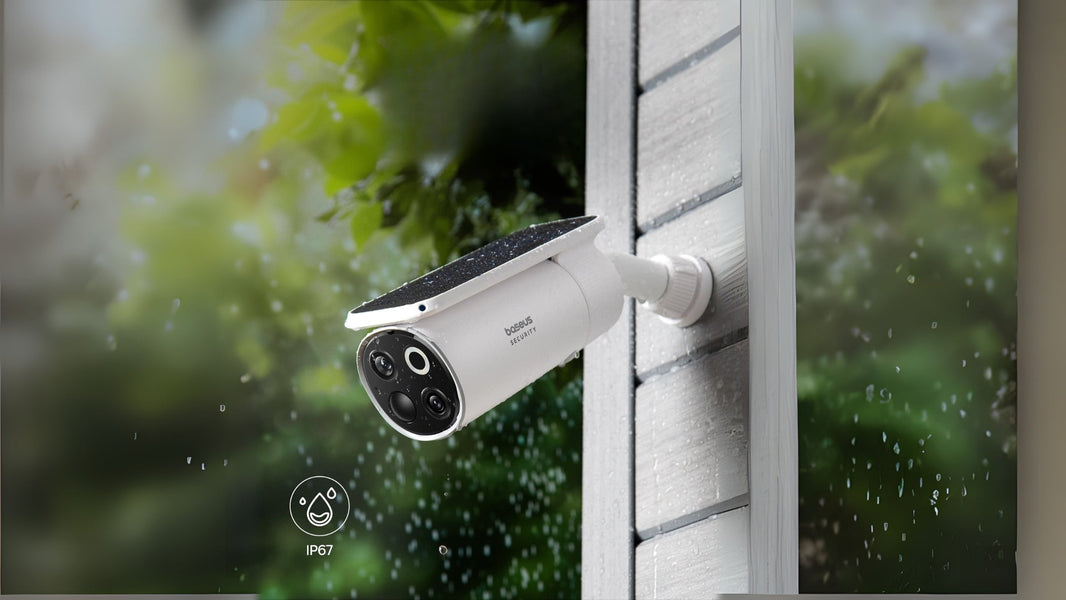
In a world that feels increasingly uncertain, the instinct to protect one’s home and loved ones has never been more potent. This isn't just a feeling; it's a mainstream movement. According to a 2025 market report from SafeHome.org, a staggering 52% of U.S. households now utilize at least one security camera, transforming personal surveillance from a luxury into a new standard of living. A solid home security camera system is no longer just a passive deterrent. It is your personal watchdog. A silent guardian. It keeps a constant, unblinking eye on your property, providing the crucial evidence needed in the devastating event of a break-in and, more importantly, granting you peace of mind.
But before you join the millions fortifying their homes, it's critical to understand that not all systems are created equal. There are things you need to know. This comprehensive guide will illuminate the entire landscape—from selecting the right hardware to mastering its placement—so you can construct the ideal security solution tailored specifically for your home.
Understanding the Fundamentals of Home Security
Diving into the vast market of security cameras without a plan can be overwhelming. To build a truly effective system, you must first grasp the core concepts, distinguishing between the old school and the new—and understanding how to leverage modern technology for your specific needs, your unique property layout, and your budget.
The Evolution of Surveillance: From CCTV to Smart Systems
The traditional way to secure a property has long been the domain of CCTV camera systems (Closed-Circuit Television). You’ve seen them. These are the sprawling, wired networks still widely used by authorities for the vital work of monitoring streets and public buildings, and they function by connecting a set of cameras via physical cables to a central recording hub, like a DVR (Digital Video Recorder). They are workhorses. Reliable.
But a revolution has been brewing, driven by growing public uncertainty and a heightened awareness of personal security. This is where the agile and user-friendly IP (Internet Protocol) camera enters the scene. These are not your grandfather’s security cameras. Connecting seamlessly to your home's Wi-Fi, they untether you from the central hub, granting you the incredible power to access live and recorded footage from literally anywhere in the world through a smartphone, tablet, or computer. This is security democratised. It puts the power to manage your own safety directly into your hands, instead of forcing you to rely on others.
Types of Security Cameras: An Arsenal for Your Protection
The market is flooded with an incredible variety of camera types, each a specialized tool designed for a specific job. Understanding their fundamental differences and how they can work in concert is the absolute key to architecting an impenetrable surveillance network.
Indoor Cameras
Designed for discretion, indoor cameras are your eyes inside the home. Typically smaller and less obtrusive than their outdoor counterparts, they blend into your decor while providing invaluable insight. Their uses are as varied as life itself.
-
Monitoring Children and Pets: The classic "nanny cam" has evolved. Now you can check in on your children's safety or simply see what mischief your furry friends are up to, all in crystal-clear HD from your phone.
-
Securing Valuables: For rooms containing safes, art, or other high-value possessions, a dedicated indoor camera adds a powerful and targeted layer of security.
-
Checking on Elderly Family Members: Gain priceless peace of mind by non-intrusively checking on the well-being of elderly relatives, ensuring their safety and independence.
Outdoor Cameras
This is your first line of defense. An outdoor security camera is engineered to be tough, built to withstand the relentless assault of sun, rain, wind, and snow. It is a declaration. Its very presence is often enough to deter a potential intruder long before they even consider stepping onto your property. When selecting an outdoor camera, look for a trifecta of essential features: exceptional night vision, intelligent motion detection, and a wide field of view to minimize blind spots in your yard or driveway. For a truly robust outdoor solution that embodies these principles, consider a top-tier option like the Baseus N1 Outdoor Security Camera, which delivers superior video quality and a suite of advanced protective features.

Doorbell Cameras
Perhaps no single device has revolutionized the home camera system more than the video doorbell. These smart devices have become ubiquitous for a reason. They replace your simple, old-fashioned doorbell with a camera-equipped communications hub, allowing you to see and speak with anyone who approaches your door, regardless of whether you’re on the couch or on a beach halfway around the world. It’s the ultimate tool for screening visitors, providing secure delivery instructions, and winning the war against package theft.
Wire-Free vs. Wired Cameras
This is a fundamental choice that dictates much about your system's installation and performance.
-
Wired Cameras: These cameras demand a physical connection for both power and data (to your network or a DVR). The installation can be a more involved process, often requiring drilling and routing cables. The payoff? An incredibly stable and reliable connection, completely immune to the frustrating whims of Wi-Fi dropouts or interference.
-
Wire-Free Cameras: The epitome of convenience. Powered by long-lasting rechargeable batteries and connecting wirelessly to your Wi-Fi, these cameras offer unparalleled flexibility. You can place them almost anywhere in minutes, no drills or cables required. The trade-off, however, is the need to monitor battery life and ensure they remain within the range of a strong, consistent Wi-Fi signal.
Decoding the Must-Have Features of a Modern System
A camera is no longer just a lens. It's a sophisticated piece of technology packed with features that can dramatically enhance your security. Here's what you need to look for.
-
Video Resolution: Clarity is king. In a security context, higher resolution translates directly to more useful evidence. You want to identify a face, not just a blurry shape. 1080p (Full HD) should be your absolute minimum baseline, but the industry is rapidly moving toward the incredibly sharp detail offered by 2K and even 4K Ultra HD resolutions.
-
Night Vision: Crime doesn't sleep. A huge percentage of security incidents happen under the cover of darkness, making excellent night vision a non-negotiable feature. Infrared (IR) night vision, which produces the familiar black-and-white video, is the standard. However, more advanced cameras now offer color night vision, which uses ambient light or small, built-in LEDs to produce startlingly detailed full-color images at night.

-
Field of View (FoV): This is simply the angle of the scene the camera can capture. A wider FoV means you can see more with a single device, potentially reducing the total number of cameras you need to buy and install. Aim for at least 110 degrees for general surveillance.
-
Motion Detection and Alerts: Modern house security cameras are smart. They don't just record endlessly; they use motion sensors to intelligently trigger recording and instantly send a notification to your smartphone. The best systems elevate this further with customizable motion zones, a brilliant feature that lets you draw boxes around specific areas of interest—like a garden gate or a window—to dramatically reduce false alarms from irrelevant movement.

-
Two-Way Audio: This feature transforms your camera from a passive observer into an active communication device. A built-in microphone and speaker allow you to not only hear what’s happening but to speak through the camera. It's incredibly useful for everything from greeting your kids when they get home from school to verbally warning a potential trespasser that they are being recorded.
-
Storage Options: Where will your video live? You have two primary choices. Local storage (via a microSD card in the camera or a larger DVR/NVR hard drive) gives you physical control over your footage with no monthly fees. Cloud storage, on the other hand, uploads your video to secure remote servers for a subscription fee, offering the massive advantage of protecting your evidence even if the camera itself is stolen or destroyed.
-
Smart Home Integration: For the ultimate automated home, seek out a system that plays well with others. Integrating your home security camera system with voice assistants like Amazon Alexa or Google Assistant allows for effortless, hands-free control. Imagine saying, "Show me the backyard camera" to a smart display, or creating an automation where your porch lights instantly turn on the moment your driveway camera detects motion. This is the future of home security.
(Image: A homeowner using a smartphone app to adjust settings on their home security camera system, with icons for motion zones and alerts visible. Alt Text: A person customizes their home security camera system features for optimal protection.)
Installation and Placement: A Strategic Blueprint for Security
Where you place your cameras is just as important as which cameras you buy. A powerful camera in the wrong spot is a wasted opportunity. Think like a burglar.
-
Cover All Entry Points: Your front door, back door, and patio doors are the most common points of forcible entry. These are your highest priorities.
-
Mind the Ground-Floor Windows: Windows, especially those hidden from street view, are another prime target for intruders.
-
Watch the Driveway and Garage: A camera aimed down your driveway captures every vehicle that approaches and provides a clear view of your garage door.
-
Secure High-Traffic Interior Areas: Inside, placing cameras in central hallways or main living areas ensures that anyone moving through the house is seen.
-
Achieve the Optimal Height: Mount cameras high enough to be out of easy reach, but not so high that you only capture the tops of heads. The goal is to see faces clearly. A height of 8-10 feet is often the sweet spot for outdoor cameras.
-
Avoid Direct Sunlight: Pointing a camera lens directly into the sun will cause massive glare and can permanently damage the image sensor over time.
Legal and Privacy: Staying on the Right Side of the Law
While securing your property is your right, it comes with responsibilities. Privacy laws are a serious matter. In most regions, it's perfectly legal to have cameras on your own property, filming your own space. The legal gray area begins when your camera's view extends into areas where your neighbors have a "reasonable expectation of privacy"—think their living room windows, their backyard, or inside their home. To avoid disputes and potential legal trouble, always angle your cameras to focus solely on your property. For a deeper understanding of the specific regulations, which can vary by location, it's wise to consult a legal resource like this overview of video surveillance laws from SafeHome.org.
Keeping Your System in Peak Condition
Your security system is only effective if it's working properly. A little routine maintenance goes a long way.
-
Clean the Lenses: A smudged or dusty lens can render your expensive HD camera useless. Clean them regularly with a microfiber cloth.
-
Check Your Connections: For wired systems, give the cables a periodic check to ensure they haven't become loose or damaged.
-
Test Your System: Don't wait for an incident to find out a camera is offline. Regularly test your motion alerts and live view to ensure everything is functioning as expected.
-
Always Update Firmware: Manufacturers regularly push out firmware updates that not only improve performance but also patch critical security vulnerabilities. Make a habit of checking for and installing these updates.
-
Monitor Battery Life: For the wire-free crowd, keep a close eye on battery levels through the app and recharge them proactively.
Choosing Your Guardian: A Look at the Baseus Security Ecosystem
Choosing the right Baseus camera isn’t about finding a single “best” device—it’s about assigning the right specialist to the right post. Here’s a breakdown of the team.
-
Outdoor Sentinels: The S1 Pro & N1 Cameras For your property's perimeter, the S1 Pro is the flagship, delivering stunning 4K video powered by an integrated solar panel for true energy independence. It’s the ultimate set-and-forget guardian. The N1 Camera serves as a versatile workhorse, offering crisp 2K resolution for powerful and flexible outdoor surveillance where you need it most.
-
Indoor Awareness: The C1 PTZ Camera Indoors, the mission is total awareness. The C1 Indoor Camera achieves this with its key feature: full pan-and-tilt control from your phone. This allows a single camera to survey an entire room, making it perfect for monitoring large spaces, active pets, or your children's playroom.
-
Front Door Command: The D1 Video Doorbell Your front door is the most critical point of entry. The D1 Video Doorbell acts as its dedicated guard, providing sharp 2K video and intelligent detection to let you screen visitors, manage deliveries, and secure your entryway with confidence.
Together, these devices are designed to work in concert, forming a seamless and complete home camera system tailored to your life.
Ready to take the next step and build your fortress?
Explore our collection of best-selling security cameras and find the perfect fit for your needs.



